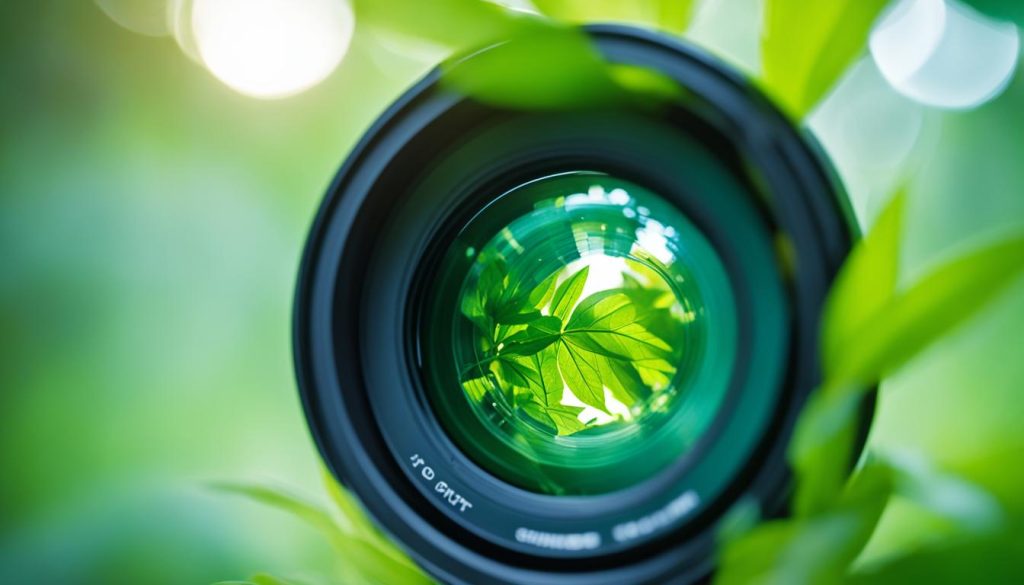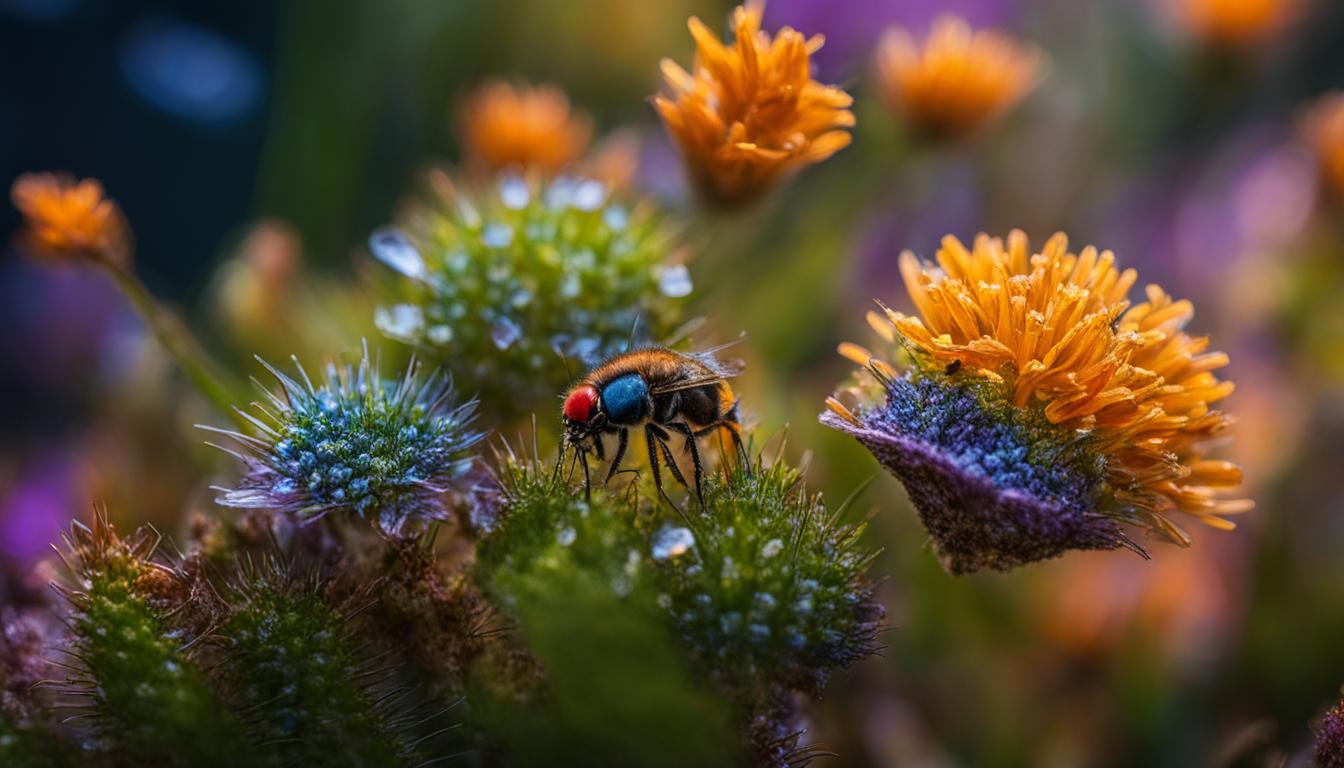Welcome to our comprehensive guide to fine art photography! Whether you are a seasoned professional or an aspiring enthusiast, this article will provide you with all the essential elements you need to elevate your fine art photography skills. By following our checklist, you can capture stunning visuals and create timeless images that truly showcase the beauty of your subjects.
Key Takeaways
- Our checklist covers the essential elements of fine art photography, including equipment, composition, lighting, and exposure.
- By selecting the right equipment, mastering composition techniques, and understanding lighting and exposure, you can create captivating fine art photographs.
- Composition plays a crucial role in fine art photography and can add visual impact to your images.
- Lighting and exposure are critical in creating dramatic and captivating fine art photographs.
- Our checklist will help you elevate your fine art photography skills and create exceptional images that truly showcase your artistic ability.
Selecting the Right Equipment
When it comes to fine art photography, selecting the right equipment can make all the difference in the quality and artistic expression of your images. Here, we will discuss the key factors to consider when choosing your camera, lenses, tripods, and other accessories.
The Camera
First things first: your camera. It is the cornerstone of your equipment and the most critical decision you will make. While there are many camera options available, choosing one that allows full manual control over settings such as shutter speed, aperture, and ISO is essential to fine art photography. Also, you’ll need a camera that can shoot in RAW format to preserve all the details in your images.
The Lenses
Choosing a lens can be a daunting task, as there are many options available, including prime, zoom, and macro lenses. For fine art photography, prime lenses tend to be the preference because of their superior image quality and wider aperture. However, zoom lenses can provide versatility in different shooting situations. Ultimately, the lens you choose should depend on your photography style and preferences.
The Tripod
A stable tripod is essential to ensure razor-sharp focus and eliminate camera shake. When choosing a tripod, consider its height, weight, and stability. Carbon fiber tripods are usually lighter and more stable than aluminum, but they are also more expensive.
Other Accessories
Other accessories such as filters, remote triggers, and lighting equipment can also play a vital role in fine art photography. Filters can enhance the colors and contrast in your images, while remote triggers allow you to capture long exposures without touching the camera. Lighting equipment such as reflectors, softboxes, or strobes can help you control the light and create dramatic effects.
By selecting the right equipment, you can take your fine art photography to the next level and capture stunning visuals that speak to your artistic vision and style.
Mastering Composition Techniques
Composition is a vital aspect of fine art photography that can take your images to the next level. By learning and mastering various composition techniques, you can create visually striking and captivating photographs that convey your artistic vision.
One of the fundamental principles of composition is the rule of thirds, which involves dividing your frame into thirds both horizontally and vertically and placing your subject or point of interest at the intersections of those lines. This technique adds balance and interest to your images and makes them more visually compelling.
Another important composition technique is leading lines, which refers to using lines in your image to guide the viewer’s eye towards your subject. These lines can be anything from roads and rivers to fences and buildings.
“Photography is more than a medium for factual communication of ideas. It is a creative art” – Ansel Adams
Framing is another popular composition technique, which uses elements in the foreground or background to frame your subject. This technique can add depth and dimensionality to your images.
Finally, negative space is another essential yet often overlooked composition technique that involves leaving empty space around your subject to create a sense of balance and calmness. This technique can highlight your subject and add emphasis to it.
By mastering these fundamental principles of composition, you can enhance the visual impact of your fine art photographs and elevate your work to new artistic heights.
Understanding Lighting and Exposure
Lighting and exposure are two of the most important factors to take into consideration when it comes to producing fantastic fine art photographs. By understanding how different lighting conditions can affect your subjects and mastering exposure techniques, you can produce captivating and dramatic images that are sure to stand out.
For example, natural light can be used to create moody or romantic images by playing with the way the light falls on your subjects. On the other hand, artificial lighting can help you add an element of drama or interest to your images by creating contrast or highlighting specific areas of your subject.
As for exposure settings, it is important to experiment with different settings to achieve the desired effects. Understanding concepts such as aperture, shutter speed and ISO will help you achieve the results you want. This is especially useful for creating images with a shallow depth of field or a blur effect. Metering techniques are also key elements to improving your exposure, ensuring that your subject is not too bright or too dark.
With the knowledge of how lighting and exposure work, you can leverage them to create stunning images that are sure to capture the attention of your audience.

By mastering the concepts of lighting and exposure, you can create fine art photographs that are truly captivating. The next section will delve deeper into how to create visually compelling images through composition techniques.
Conclusion
In conclusion, fine art photography is a combination of creativity, skill, and technical knowledge. By following the checklist provided in this article, you can elevate your photography skills and create images that tell a story and evoke emotion.
Remember, selecting the right equipment is vital, and mastering composition techniques and understanding lighting and exposure will help you create visually compelling images. Keep experimenting with different styles, subjects, and lighting conditions to push your boundaries and unleash your creativity.
Now go out there and capture the essence of art with your camera! We hope this article has helped you gain a better understanding of the essentials of fine art photography. Happy shooting!






